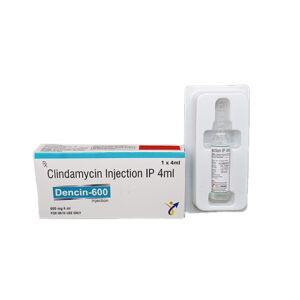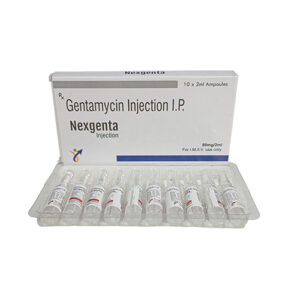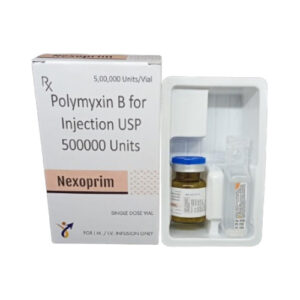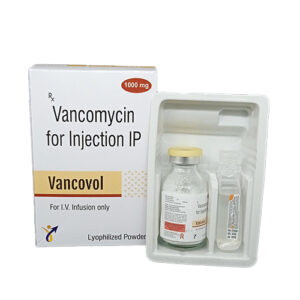Critical care antibiotics are used to manage severe infections in critically ill patients. These infections can be life-threatening and require prompt and effective treatment. Here are some common classes and examples of antibiotics used in critical care:
Beta-Lactams:
Penicillins (e.g., Piperacillin-Tazobactam, Ampicillin)
Cephalosporins (e.g., Ceftriaxone, Cefepime)
Carbapenems (e.g., Imipenem, Meropenem)
Monobactams (e.g., Aztreonam)
Macrolides:
Azithromycin
Clarithromycin
Fluoroquinolones:
Levofloxacin
Ciprofloxacin
Aminoglycosides:
Gentamicin
Tobramycin
Glycopeptides:
Vancomycin
Teicoplanin
Lincosamides:
Clindamycin
Oxazolidinones:
Linezolid
Polymyxins:
Colistin (Polymyxin E)
The choice of antibiotic depends on the infection’s type, severity, the patient’s condition, and local resistance patterns. Broad-spectrum antibiotics are often used initially until specific pathogens are identified, after which therapy can be adjusted.
Showing 1–12 of 13 results










